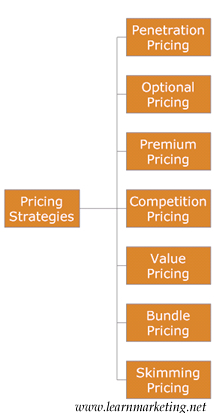I found this article on Paul Newman's branding of his products. I think he was a very smart man. Everyone just new him as a actor, but coming out with Newman's Own products showed that he also was a entrepreneur. It was also wonderful what he done with the money he made and still making today. He must have been a special guy. Melissa.
I write on the impact of business, culture & world events on brands
9/17/2010 @ 1:15PM
Creative Capitalism: Branding Lessons From Newman's Own
It would be hard to find anyone who doesn’t think Paul Newman was a super movie star. It would also be hard to find anyone in the marketing business who doesn’t think Paul Newman was a super branding guy.
When he launched his line of Newman’s Own products in 1982 he understood that clearly defining a brand’s purpose would clearly differentiate it in the minds of consumers, especially in categories as commoditized as those in which he competed, like salad dressing, lemonade and pasta sauce.
This thought came to mind recently when I read about the new ad campaign for Newman’s brand, the first initiative since the actor’s death two years ago. “Let the food speak for itself,” as it’s cleverly titled, builds on the company’s initial purpose to make stuff that tastes really good, the profits of which are used to do really good things for people, most notably the kids at his Hole in the Wall Camps. While I admit that it certainly helps to have Paul’s charming, irreverent countenance on all of the brand packaging, I still maintain that there is a lot we can learn from this master of branding. It’s a very strong brand on every level that counts.
To begin with, Newman’s Own is built on a simple, believable promise. The products that Paul concocted with his buddy, author A. E. Hotchner, are old family recipes. In fact, the company got its start after friends suggested that the two fellows market the delicious salad dressing they had been making and bottling at home and giving out as gifts. The products that followed are also in categories that are believable as homemade creations. It’s easy to imagine P.L. and A. E., as they billed themselves, hard at it in the kitchen discussing the best recipe for a chocolate chip cookie or a spicy marinara sauce and then donning aprons and getting down to the business at hand. It makes a nifty mental picture.
Also nifty is the way this simple promise has been executed across all points of customer touch, another of the measures of powerful branding well understood by this company. Everything having to do with the brand has been brought to life in exquisite alignment with its promise, starting with the name: Newman’s Own. It is Paul Newman’s own, and his signature on every wrapper substantiates this point. The packaging itself looks like someone designed it in the same kitchen in which the food was cooked up–no hint of slickness or artificiality, literal or figurative. Most important of all is that the food tastes great (although our family pet would have to vouch for the dog food!). And when you’re selling food, focusing on taste is a given, another basic tenet of the smart branding being followed by the folks who successfully carry on in Paul’s stead.
Perhaps most interesting when looking at why the Newman’s Own brand is successful, even after its founder’s passing, is how ahead of his time the actor-brander was in linking his brand promise to its purpose and making this the hallmark of his endeavor. He understood that he needed a purpose for his organization, beyond the actual food and the shiny name under which it was marketed. While many companies are philanthropic, especially in this uber-socially conscious era, Newman’s Own is defined by its philanthropic purpose. Consumers are deeply aware of what the brand stands for, and they care deeply about it, which is central to its continuing success.
Even back in 1982 when the number of product choices and media choices were far fewer, Paul Newman recognized that he couldn’t compete on good-tasting products alone. There had to be another way to differentiate his brand of pretzels and coffee and frozen pizza from all the rest. Good food that does good is how most people think about this brand. Given his cheeky humor, Paul, without any false pretense, put it forward as “Shameless exploitation in pursuit of the common good.” A tagline that’s as on-brand as every other of the company’s branding initiatives.
Now, with all due respect, we are talking about Paul Newman. He got the Sundance Kid to jump off a cliff. He conned Doyle Lonnegan into falling for his sting. He would certainly have been able to get a number of consumers to buy whatever goodies he was selling. The point, however, is that he got millions of consumers to buy the products he was selling under the Newman’s Own label because he knew he would need more than his baby blues to build and maintain a winning brand. He started with a simple, believable promise that was relevant to people. He made sure this promise was executed brilliantly in all aspects of the branding. And he aligned his promise with a purpose that helped differentiate it in a highly competitive marketplace.
While his name and stature as a star might have helped at the beginning of the brand’s run, it was adhering to the basic rules of branding that made this company a star on supermarket shelves.
Allen Adamson is managing director of the New York office of Landor Associates, a brand consultancy and design firm. He is also the author of BrandDigital and BrandSimple.
